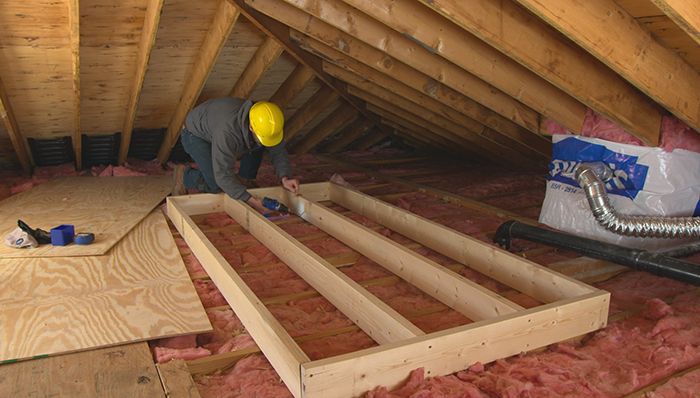Whether you are looking to cut down on energy costs, enhance comfort in your home, or increase its resale value, installing proper insulation is an essential step. Insulation serves as a barrier to heat loss and gain, particularly on roofs, walls, and floors, thus playing a critical role in making your home more energy-efficient.
Before you dive into the project, it’s important to understand the various types of insulation available, how to choose the right one for your home, and the process of installation itself. This guide provides comprehensive insights into home insulation so that you can make informed decisions and ensure that the installation process is carried out effectively.

Choosing the Right Type of Insulation
When it comes to insulation, one size does not fit all. The choice of insulation largely depends on where you need to install it (e.g., attic, walls, floors) and the climatic conditions of your area. Options range from traditional fiberglass batts and rolls to foam board or local spray foam insulation in Rock Hill SC. Each material has its unique properties like R-value (thermal resistance), which determines its effectiveness. It’s imperative to evaluate these factors to choose the most suitable insulation for your home.
Detailed research or consultation with a professional can help you better understand whether materials like spray foam, which fills cavities completely for superior airtightness or perhaps cellulose made from recycled paper might be right for your project. This initial decision is fundamental in achieving effective thermal management and energy efficiency in your home.
Preparation and Safety Measures
Prior to installation, certain preparations and precautions are necessary to ensure safety and effectiveness of the insulation project. Begin by sealing any air leaks and make necessary repairs on the installation surface. Also, gathering all necessary tools and protective gear such as gloves, mask, and goggles ahead of time will streamline the process.
It’s crucial to also be mindful of wiring or plumbing within walls or floors to avoid damaging them during the insulation process. Safety goes beyond immediate risks; consider long-term hazards such as chemical exposure from certain insulation types. Adequate ventilation and adherence to manufacturer guidelines can mitigate these risks.
Installation Techniques
The method of installation varies significantly between different types of insulation materials. For instance, batts and rolls require proper cutting to fit spaces snugly whereas spray foam must be carefully sprayed in layers for uniform thickness. Attics are typically insulated with loose fill that needs to be blown into place with special equipment.
Regardless of the method chosen, correct installation is key in avoiding gaps or compression as these can seriously undermine the effectiveness of your insulation by allowing heat exchange and moisture penetration. Sometimes hiring a professional installer may yield better results especially for complex areas such as ductwork in attics or crawlspaces.
Maintaining Insulation Efficiency
Maintenance plays a pivotal role in conserving the integrity and efficiency of insulation over time. Periodic checks should be conducted particularly after extreme weather events or any building alterations that may impact the insulation. Look out for signs of dampness, settlement or infestations that could reduce insulation efficacy.
If any sections need replacing or additional layers are required—for example on topping up attic insulation—you should act promptly to prevent escalated energy costs due to reduced efficiency. This upkeep not only assures thermal comfort but prolongs the lifespan of your home’s entire inner ecosystem.
Environmental Considerations
Lastly, in today’s world where sustainability cannot be overlooked, consider environmentally friendly options for your home insulation needs. Materials such as sheep wool or recycled denim are great choices that provide effective isolation while minimizing environmental impact.
By choosing green insulation materials you contribute towards reducing pollution levels associated with manufacturing processes of traditional insulating products. Integrating such considerations can play a part in ensuring both personal comfort and global responsibility hand-in-hand.
In conclusion, adequately insulating your home is a strategic move towards greater energy efficiency and enhanced living conditions. Taking time to choose proper materials suited for your specifics needs coupled with precise installation leads not only leads to immediate energy saving but also contributes towards long-term property value.
Whether it’s a new-build project or retrofitting existing structures, applying thoughtful practices as outlined above will secure optimal benefits from your investment into quality home insulation.

Leave a Reply